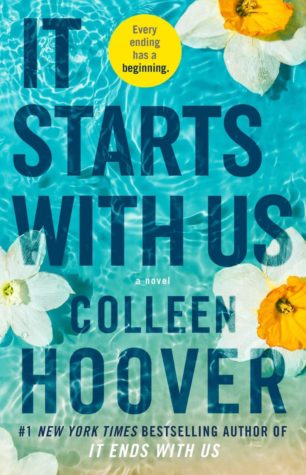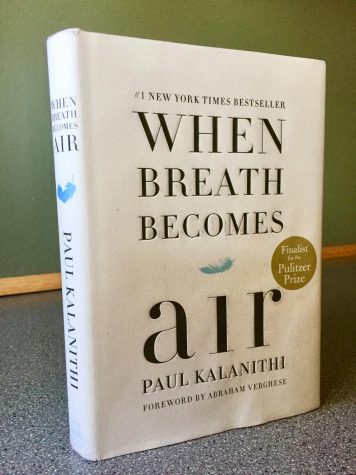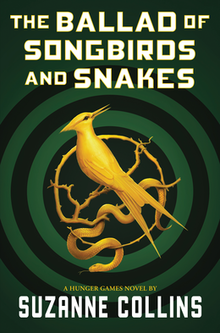Book review: No longer human
This book and review contains themes of depression, alcohol abuse and suicide.

The Japanese novel “No Longer Human,” was published in 1948.
“Mine has been a life of much shame.”
The semi-autobiographic story, “No Longer Human,” told by Osamu Dazai, is written in three sections called notebooks— each more grim than the last. All revolve around the socially alienated and guilt ridden main character, Ōba.
Unable to comprehend social protocols and signals, Ōba lacks “normal” relationships. Although Dazai never said the book was about him, the book takes new meaning with the many parallels between his life and Ōba.
Many consider the book the author’s masterpiece; to me it quickly emerged as one of my favorite novels.
The book opens with an introduction from the translator, Donald Keene, but then an anonymous narrator describes three pictures of Ōba in the prologue, each from different points in his life. The last of which shows a man with “such an inscrutable face”, not one giving the impression of belonging to a human being, in a dirty, decrepit room. Before the story started, the pictures signified that as Ōba’s understanding of the world around him changed, so did his sanity.
When Ōba was a young child, he found it hard to understand human nature and how to relate to other people, always disconnected from those around him, a trait that would stick with him for the rest of his life.
Ōba acted as a “clown” to deceive his family and classmates for years to cover his true feelings as a very depressed and fearful boy. After getting sent off to college in Tokyo and meeting a man named Horiki who introduces him to a completely different world, his life delves into one of smoking, drinking, harlotry and tragic events, ultimately cultivating into a numb self-reflection after great anguish.
Ōba’s downfall seemed inevitable as I read through the book. Ōba is constantly plagued by his feelings of guilt, shame and resentment and while there are several instances where he feels himself secure and perhaps happy, he inexorably falls back into the pits of loathing and despair.
As the main and by far most interesting character in the book, Ōba strikes you with his constant struggle to decipher what it truly means to be “human” and how to attain that association, creating such a unique subject I haven’t seen in any other books. Despite his many faults, Ōba still emerges as a very pitiable character that I couldn’t help but feel sympathy for, particularly in his love life where his drinking often mars his kind character.
The tragedy that truly struck me is that he couldn’t get past his self-disparagement and destruction to see the kind man that he was.
And by the end of his three notebooks, we are told by Ōba that he had “ceased utterly to be a human being.”
For me, this hauntingly implied the possibility of the character’s suicide and author’s very real one.
The author, Dazai’s suicide occurred shortly after the book’s publication, with his mistress in the Tamagawa Canal.
Yet despite how depressing and cynical the book is, I believe that everybody should read it. The thoughtful portrayals and veiled parallels to from the main character’s fiction to the author’s reality could help many understand the thought process of our fellow human beings when they are feeling down and lonely. This sort of well-written examination of depression is not often expressed in literature, however it might make it a tough read for some.














a • May 12, 2022 at 11:34 am
engineer gaming
(The O.G.) Matthew Wolfe • Oct 17, 2024 at 9:45 am
Thank you, brother